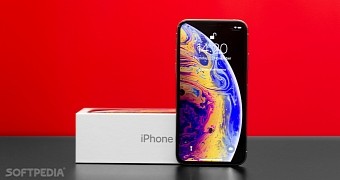Recent research reveals a worrying fact for Apple: Chinese customers are no longer interested in iPhones at the same level as a few years ago, and more switch to models developed by local companies.
A report from Reuters reveals that Apple’s market share in the lower premium market, which is generally placed in the $500 to $800 pricing category, dropped from 81.2 percent to 54.6 percent in just one year.
This is mostly the result of Apple increasing prices beyond the $1,000 threshold, but also a predictable consequence of local customers buying devices that provide a better value for the money. Huawei, for example, which is the biggest Apple rival in China, increased its share in this category from no less than 8.8 percent to 26.6 percent.
“Most Chinese smartphone buyers are not ready to shell out beyond $1,000 for a phone,” Neil Shah, research director at Counterpoint, was quoted as saying. “This left a gap in the below-$800 segment, which Chinese vendors grabbed with both hands.”
More rivals, better devices
While Huawei appears to be the biggest threat to Apple right now, there are also smaller companies investing aggressively in premium devices available at a lower price point than iPhones.
Xiaomi, Oppo, and Vivo are three of the brands growing at a fast pace in this market, and stats show that customers in China are migrating heavily to these models, especially following the better value over price ratio.
As a result, despite the high prices of the iPhones seemingly the main reason for customers to choose devices from local companies, Apple also needs to improve its devices with premium features that are most often available at much lower price points. Its camera technology, for example, still includes two different units on the back, whereas more and more companies, including the brands mentioned above, are already migrating to three such cameras.
At the same time, while Apple ditched the fingerprint sensor entirely, rivals investing in readers embedded into the glass, which is often considered a more convenient alternative for unlocking devices.

 14 DAY TRIAL //
14 DAY TRIAL //